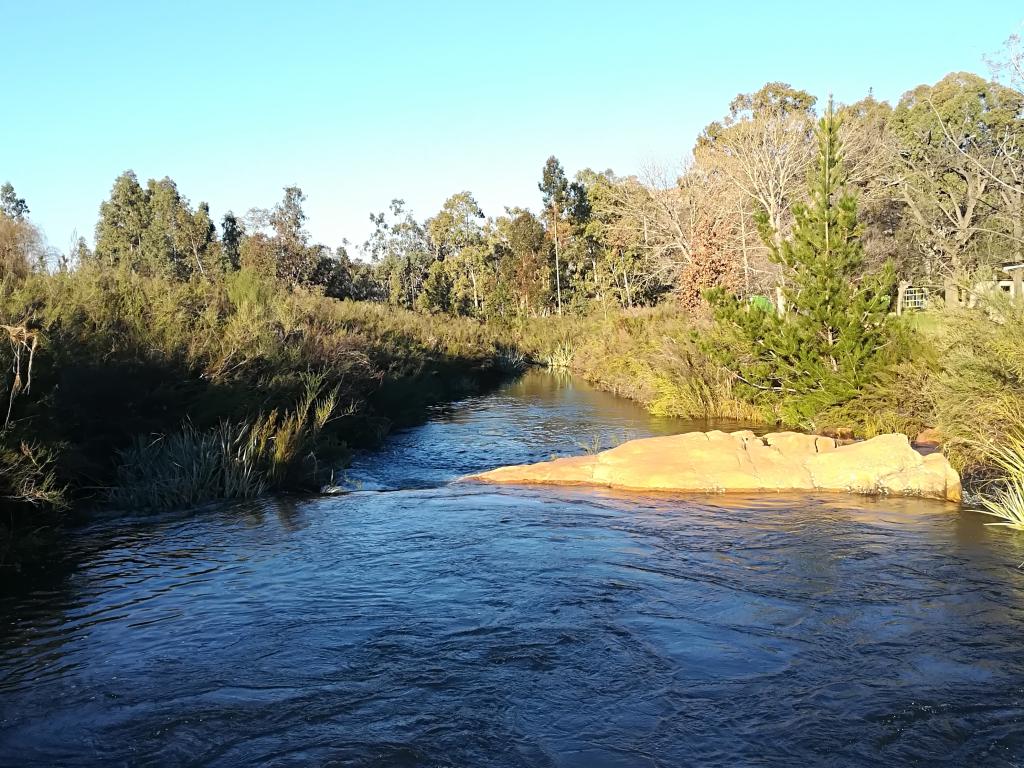Smart water monitoring and the Internet of Things (IoT)


The Internet of Things (IoT) is a network of connected physical objects that collect and transmit data via the internet using embedded sensors. Objects that form part of the IoT are described as ‘smart’ and extend beyond traditional devices such as laptops, tablets and smartphones to smart thermostats, light bulbs and even toothbrushes. IoT devices are designed to increase efficiency and convenience, and are useful for a range of applications. In the water sector, real time remote monitoring IoT smart sensors can provide a convenient and accurate means of acquiring vital open channel flow data.
Open channel flow measurement in South Africa is limited to manual isolated measurements, commercial flow or ultrasonic sensors or municipal and national flow gauging stations, which are on the decline. The flaws in all three methods coupled with the speed of observed deterioration in many of South Africa’s rivers should be an immediate call for action: we can’t manage what we are not measuring.
A team of researchers from the University of Cape Town’s Future Water Institute has developed an IoT enabled low-cost flow monitoring sensor designed for installation in the challenging South African context. The sensor makes use of off-the-shelf sonar devices to gauge river height which is used as a proxy for measuring open channel flow rates. The logger operates on a Global System for Mobile Communications based IoT node and transmits data to a centralised server in near real time.
The sensor has been tested in a wide range of applications including stormwater quantification and re-use in urban channels, measuring greywater discharge, calibrating drainage models and monitoring river flow.
There is potential for smart IoT water technologies to contribute to South Africa’s hydrological database. Advantages include automation, an ability to view variability in real time and at high resolution, and an opportunity to establish a dense network of gauging stations at a refined scale across the country. Now, more than ever, we need a new commitment to acquiring high quality, reliable hydrological data that builds confidence and supports effective water resource management.
This article is based on the following publication: Fell, J., Pead, J. and Winter, K. 2018. Low-Cost Flow Sensors: Making Smart Water Monitoring Technology Affordable. IEEE Consumer Electronics Magazine, 8(1), pp.72-77. (https://ieeexplore.ieee.org/stamp/stamp.jsp?tp=&arnumber=8570900&tag=1)